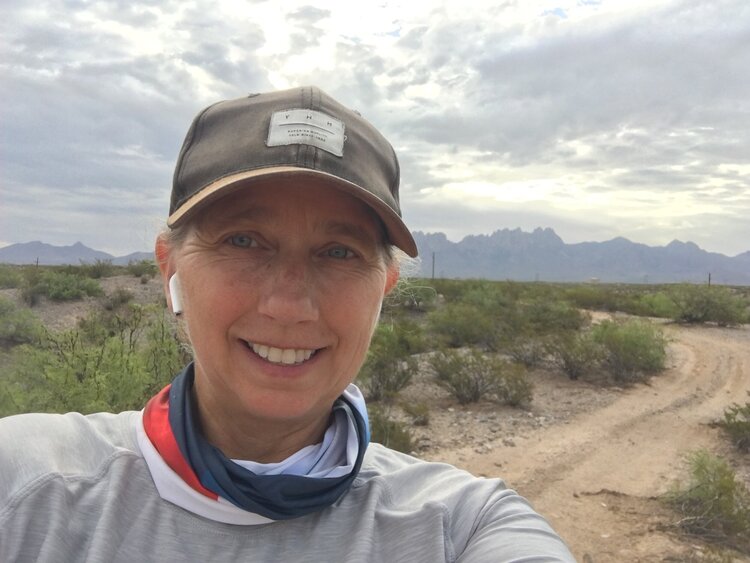Last November I reported on some classroom management issues I was having. I wrote about challenging my students with a lab that supposedly exceeded their capabilities (click here to read that post), hoping that the students would learn content and simultaneously become more engaged in the classroom. This approach required exceeding readiness on my part. Since the students’ lab skills were still lacking, everything needed to be prepared ahead of time so that their actual hands-on component would be relatively simple. My efforts proved worthwhile because, in the end, the students stepped up to the task, learning content and become more serious minded.
However, basic science experiments were still required in order to develop student lab skills. A simple conservation of mass experiment could provide just such an opportunity along with an introduction to content. However, it would be difficult for them to complete it without being silly. They would play with the balloons and chatter and goof around because the lab would seem too easy to warrant their concentration. In the end, I feared they would neither gain the lab skills I was aiming for nor learn the content associated with the lab.
A last-minute stroke of inspiration came: make it an assessment of following directions. I sprang into action as this tactic would also necessitate significant set-up. I had to place students into a testing environment and ensure they could individually perform the experiment. Tables were arranged around the room in a circle so I could stand in the middle and students could work without knowing whether I was looking at them or not. Each seat was equipped with a balloon, a graduated cylinder, vinegar, baking soda and the lab instructions. They would only need to stand to use the measuring scales.
Before entering the room, students were warned that as soon as they crossed the threshold they were in a testing situation. Backpacks were set down at the front of the room and personal computers retrieved. Interest peaked by the unusual set-up, the pupils approached the tables with hushed respect.
First, an online quiz covering content from the previous days was completed. This settled them down right from the start.Then, as instructed, the students moved straight into the practical part of their quiz. Huge emphasis was placed on the fact that this practical portion was part of their assessment. This new approach instigated total silence among the group. Working at different paces from each other, no one needed the scales at the same time. Not a sound was heard when chairs were scooted away and towards the tables. No pushing, giggling, touching, or silliness. Complete silence. Total focus. If I had had a pin to drop, it we would have heard it.
The inherent nature of this set-up actually forced the students to read the instructions. Each person was required to conduct measurements with the graduated cylinder and weighing scale. Everyone was in a serious-minded setting gaining experience in how an experiment should be conducted. And, unable to consult peers, the students were coerced into studying and answering the questions connecting the activity to content in this arrangement of a testing situation.
As usual, I advocate thinking outside the box as we seek to meet our students’ needs in the classroom! In this case, both skills and content were attained as measured through later assessment. And, in a review session conducted last week (and months after this activity), formative assessment revealed that most of them had retained what they learned that day. Most importantly, a foundation was laid for how one conducts oneself in the lab, thwarting a tendency for silly behavior and creating an environment more conducive to learning.
